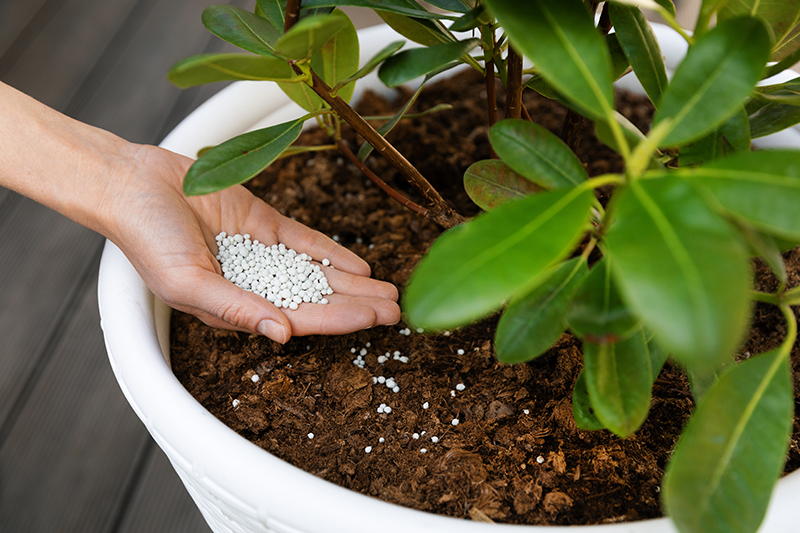
Harris County Master Gardener Shares Top Gardening Tips for March
This information has been generously provided to Harris County residents free of charge by the Harris County Master Gardeners, an expert group of trained volunteers assisting Texas A&M AgriLife Extension Service in educating the community using research-based horticultural information.
Did you know that the Harris County Master Gardeners offer free training, events and other resources all year round? To learn more, visit hcmga.tamu.edu.
by Karen Shook, Master Gardener
One of the advantages of living in Harris County is the year-round opportunity to spend time in our gardens. But there is something special about spring that pulls us outside and makes us want to get our hands in the soil.
There is nothing like the first hot day of spring when the gardener stops wondering if it’s too soon to plant the dahlias and starts wondering if it’s too late. Even the most beautiful weather will not allay the gardener’s notion (well-founded, actually) that he is somehow too late, too soon, or that he has too much stuff going on or not enough. – Henry Mitchell, 1923-1993
While you are out enjoying spring in the garden, keep an eye out for slugs and snails making their appearance and keep up with the weeding. As always, check for “too wet, too dry, just right” and water accordingly. The average temperature in March is mid to low 60’s deg F and typical rainfall is 3.5 inches.
Perennials and Ornamental Grasses
- Finish dividing fall and summer blooming perennials and grasses.
- Get transplants in the ground.
- Fertilize established perennials and ornamental grasses. m Cut back brown ornamental grass foliage.
Annuals
- If you are a bit jealous seeing cool season annual beds in full bloom and regretting that you didn't plant in the fall, consider buying some well-established (4" pots) plants. If you did plant in the fall, deadhead old blooms to keep beds looking fresh.
- Warm season annuals can be started from seed or transplants.
- Fertilize new plants to give them a strong start and fertilize established plants to give them a boost.
Bulbs
- Plant gladiolus (and other summer flowering bulbs). Plant gladiolus bulbs every 2 weeks from Jan through May for successive blooms.
- Remove fading flowers and developing seed pods on your spring blooming bulbs.
- Provide a light application of fertilizer for spring blooming bulbs showing active growth.
Roses
- Fertilize monthly, with first feeding after the spring pruning.
- Once you see new growth, it is time to start your weekly fungicide spray program.
Shrubs
- Fertilize established shrubs every 6 to 8 weeks. (3:1:2 or 4:1:2 are good choices).
- Prune (if needed) and fertilize azaleas after blooming is complete.
Lawns
- Lay sod as needed in bare areas.
- Mowing and bagging can help discourage weeds.
Ground Cover
- Finish up ground cover plantings to get them established be- fore summer heat is with us.
- Fertilize established ground covers. If they are looking ragged, it is late, but not too late, to trim.
Vines
- Most woody vines bloom in the spring; don’t prune until after bloom.
Edibles (vegetables, herbs, berries, fruits)
- See the following link for recommended plantings: Harris County Vegetable Planting Dates guide: Harris County Vegetable Garden Planting Guide
Trees
- Fertilize young, but established trees this month when you see new growth. Well established, older trees generally don’t need extra fertilization.
- Fertilize crape myrtles in early spring and again in early summer.
Want to go deeper? Visit the Harris County Master Gardeners' Urban Dirt Index for a plethora of information about gardening in our region at hcmga.tamu.edu/urban-dirt-index.
Source: Harris County Master Gardeners

